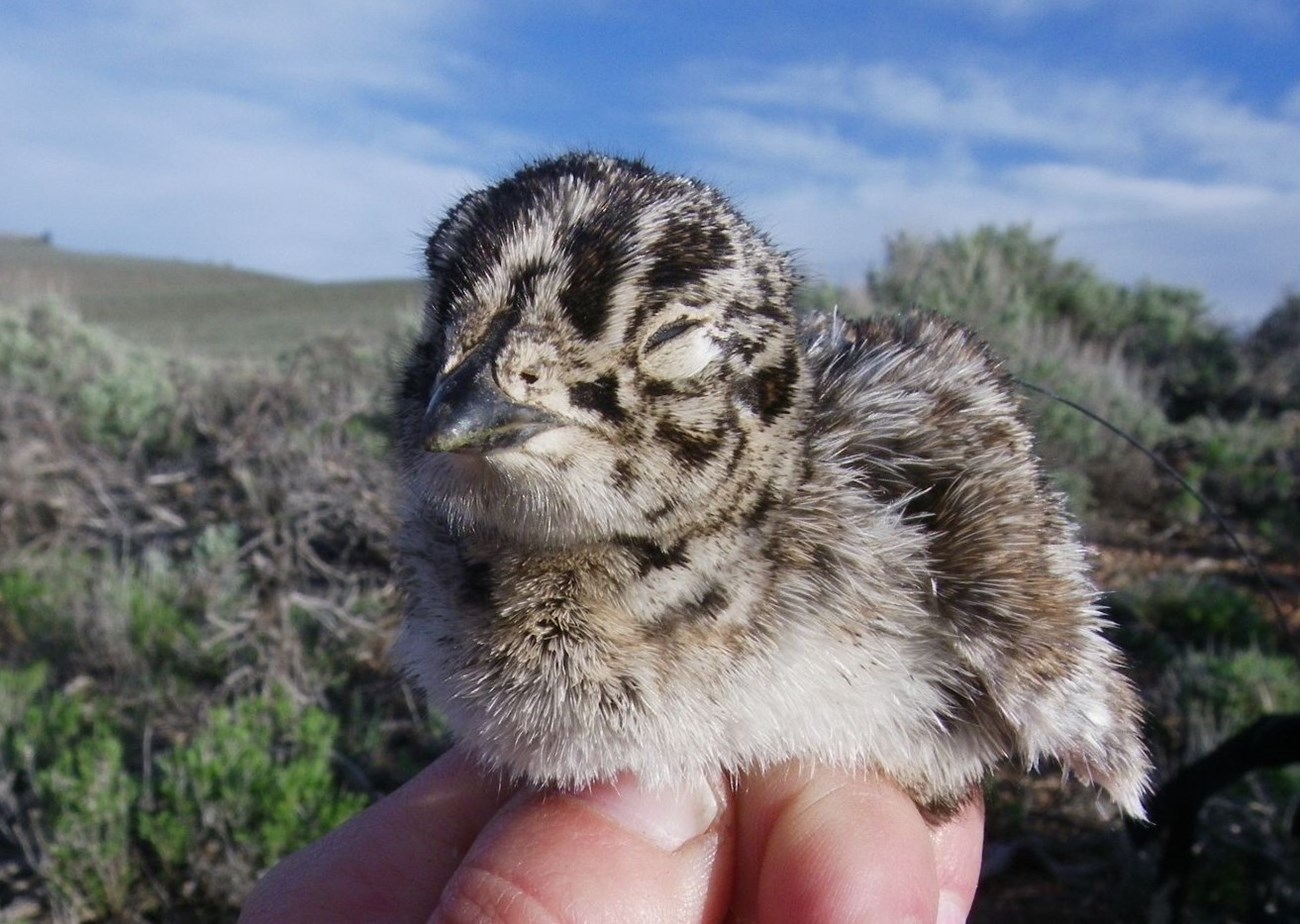Last updated: April 24, 2025
Article
Sage Grouse and Climate Change at Curecanti

NPS Photo / Stoorza
The Gunnison Sage Grouse was officially recognized as a distinct species in 2000, when scientists determined that they are distinct from Greater Sage Grouse. By 2000, the Gunnison Sage Grouse were already in peril, threatened by habitat loss and climate change. Researchers estimate that in 2019, the Gunnison Sage Grouse occupied only 10% of its historic range. Today, fewer than 5,000 birds remain, living in eight geographically-separated colonies in Southwest Colorado and Eastern Utah. Read the US Fish and Wildlife Service 2019 Species Status Assessment here.
The Gunnison Sage Grouse is a sagebrush-obligate species, meaning it depends on sagebrush for food, cover, and mating grounds. Curecanti protects sagebrush habitat for the biggest remaining population of this threatened species. As the climate gets warmer and drier, the sagebrush habitat becomes more vulnerable to fire and cheatgrass invasion.
Cheatgrass is a nonnative invasive grass that invades sagebrush ecosystems with a vengeance. As an annual grass, Cheatgrass sprouts earlier in the spring than sagebrush, beating out the native plants for nutrients and water. After fires in the sagebrush ecosystem, cheatgrass grows back more quickly, replacing the sagebrush. The problem is that cheatgrass does not provide the food, cover, and mating grounds that the Gunnison Sage Grouse require.

Photo USGS/ Pyke
Curecanti protects the sagebrush habitat home of the Gunnison Sage Grouse. Curecanti is an important place for visitors to learn about this special bird and the threats it faces.
What can you do?
Gunnison Sage Grouse are especially vulnerable to disturbance during their lekking season. Respect closures on trails. Learn about invasive plant species and prevent transporting seeds by cleaning your vehicle, your boots, and your clothes. Look for invasive species volunteer days through organizations near you. Pulling cheatgrass is great exercise and helps the Gunnison Sage Grouse!
Learn more: US Fish and Wildlife Service page on the Sagebrush Ecosystem and its threats - https://www.fws.gov/sagebrush/index.html
Learn more about how you can prevent invasive species spread: https://www.nps.gov/articles/000/idkt_bootbrush.htm
